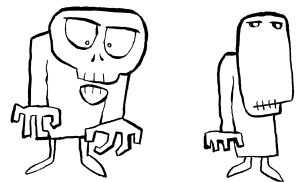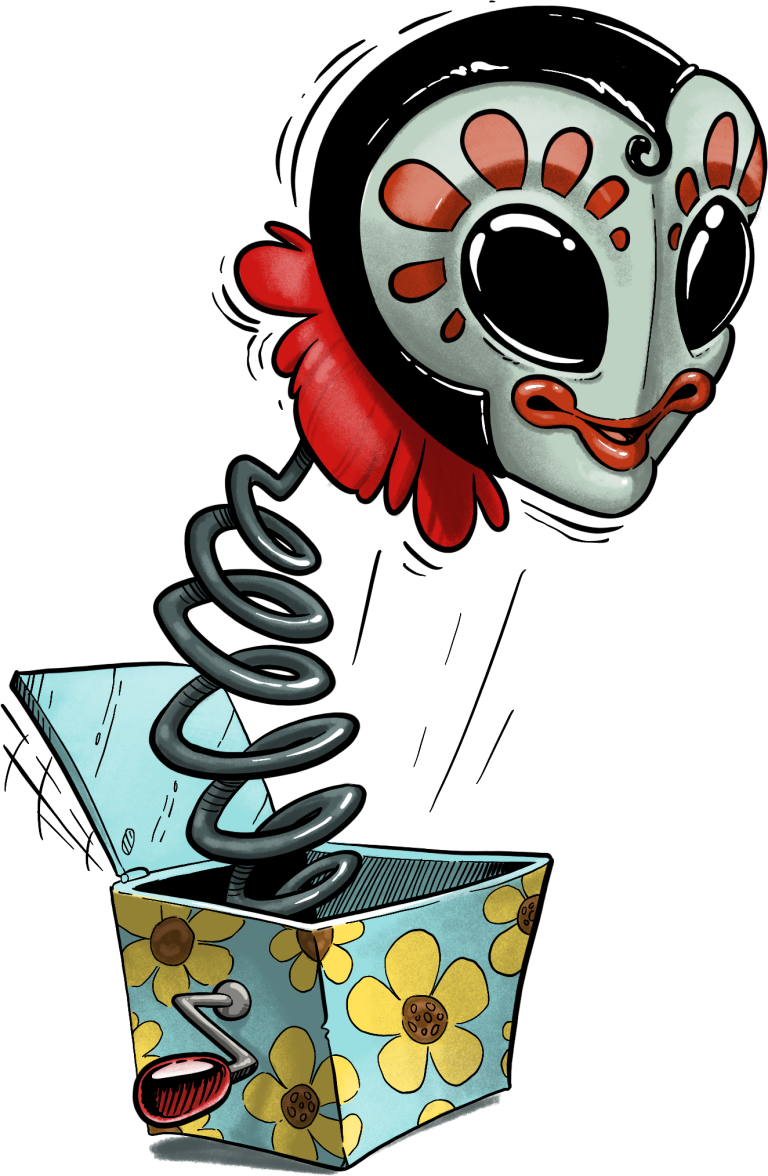By Jason Campbell
This is the second of a two-part series of articles. The first focused on tone, you can read it here. GMs creating RPG adventures and settings will spend time trying to create a certain tone or theme for their game, so it’s a good idea to discuss the difference between these terms. Theme is an underlying idea for a story, like love and loss. It isn’t the plot, it lives underneath the plot, and influences the progression of the story. Perhaps the most important thing about the theme of an adventure is that it is developed with the players.

A GM establishes the tone of the setting, but the theme arises from the choices the players make for their characters, working with the GM’s choices for NPCs. The GM can set up situations where political forces become more aggressive to their subjects, but it’s the player characters’ reaction to those actions that set the tone.
Developing Themes Together Out of the Game
The most direct way to decide on themes in cooperation with the players is to have an out of game discussion about it. This most often happens at the launch of a long form campaign. The GM can suggest some ideas to explore, but often this takes the form of asking the players how they’d feel about a certain situation.
This method won’t work with all types of players. A lot of players would rather have main ideas naturally arise in a more subtle way. Not everyone enjoys discussing games on a theoretical level, so it pays to know your players a bit when deciding how to approach establishing themes.
Developing Themes Together (Specifically) in Game
Another way to decide on the theme of a campaign is to let the players decide in character, based on confrontations they encounter in the game. This is often done in the early sessions of a campaign. In our earlier example of increasingly aggressive political factions the characters might be drawn into a skirmish with local political agents in the first few sessions. The GM can then let the story build from the characters’ reactions to these early conflicts.
Developing Themes Together (Subtly) in Game
Longer campaigns can evolve themes as the story naturally unfolds. In this case the GM isn’t specifically building certain types of scenarios, they’re using all sorts of encounters and scenes. The player characters’ actions will naturally steer the story in a certain direction. This can take many sessions, but for many players and GMs it will feel more natural than the previous methods.
Conclusion
There are a lot of ways that themes can develop, and some tables prefer to not set any tone at all. As always, there’s no right or wrong way to play ttrpgs. For groups who prefer to collaboratively build stories with a certain theme, the GM in concert with the players can decide the best way to decide this for their group.
What do you think? Do you like campaigns that evolve with a specific theme? Let us know in the comments.




